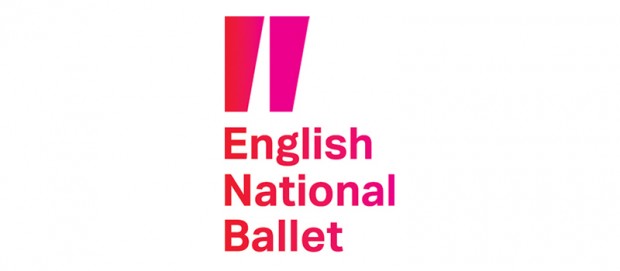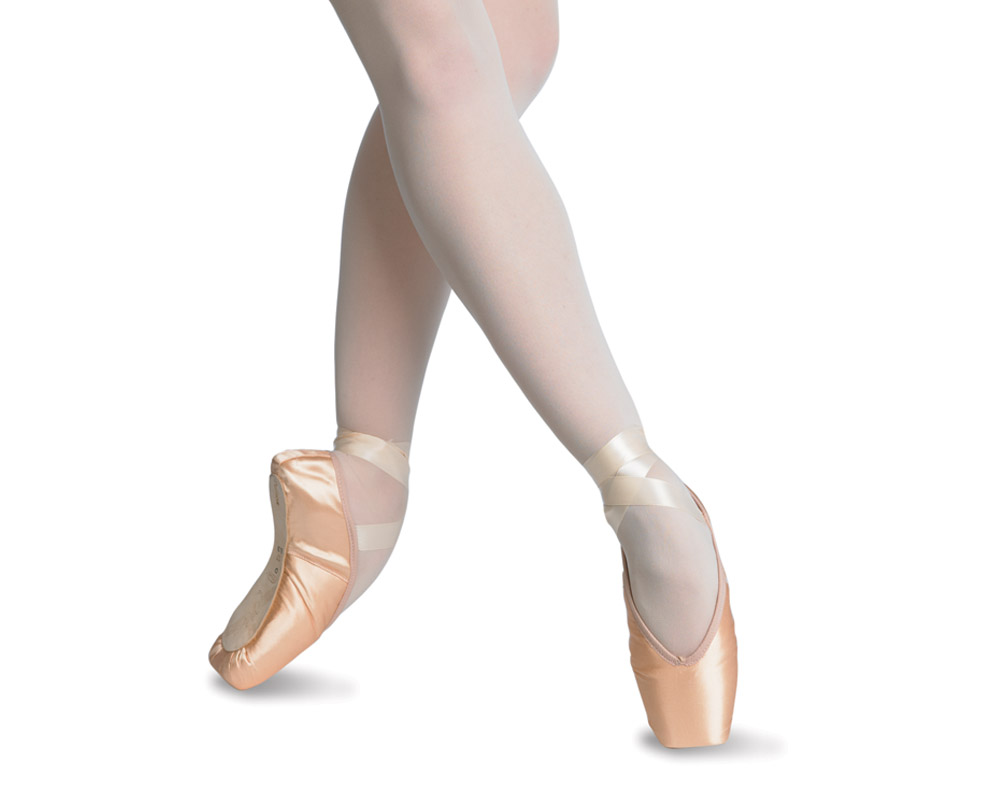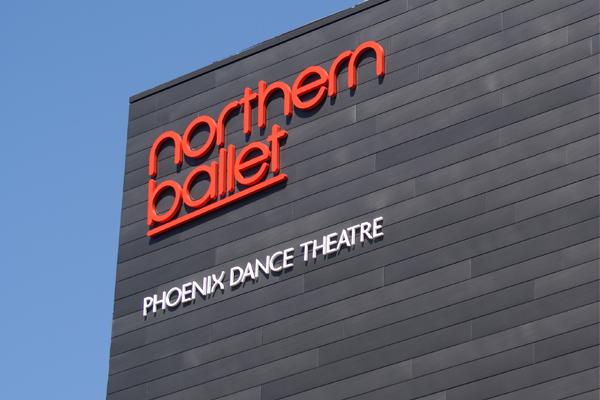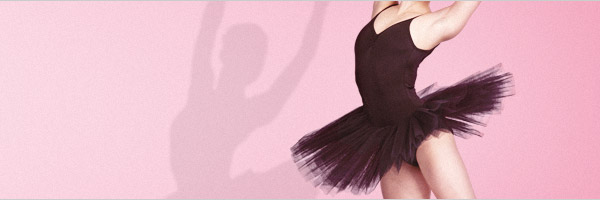 English National Ballet’s platform for emerging dance makers, Choreographics, will take place at Sadler’s Wells’ Lilian Baylis Studio on 19 and 20 June, a programme celebrating young choreographers. The initiative of the event focuses on the development of up and coming choreographers both within and outside the Company, offering them the opportunity to progress their skills as creators and discover their own choreographic language.
English National Ballet’s platform for emerging dance makers, Choreographics, will take place at Sadler’s Wells’ Lilian Baylis Studio on 19 and 20 June, a programme celebrating young choreographers. The initiative of the event focuses on the development of up and coming choreographers both within and outside the Company, offering them the opportunity to progress their skills as creators and discover their own choreographic language.
Recent debate regarding the absence of female choreographers in the dance industry has been heartfelt and passionate, so it is encouraging to see female dancer Stina Quagebeu as part of the programme, following Artistic Director Tamara Rojo’s additions to the debate. For the first time, Choreographics is open to artists outside of English National Ballet in 2015, and sees work presented by Morgann Runacre-Temple, choreographer in residence at Ballet Ireland since 2009, who has created four full-length ballets for the company; and Renato Paroni de Castro, who has previously choreographed works for Sarasota Ballet and London Studio Centre’s classical ballet performance group, Images of Dance.
The six works programmed are completed by company dancers, inspired by the theme of post war America, from English National Ballet artists Fabian Reimair, who created We Are Free for last year’s programme; James Streeter, who’s work In Living Memory was performed at Latitude Festival in 2014; Quagebeur, who’s Vera was selected by The Breaking Glass Project and performed in New York, and who recently worked on English National Ballet’s second Dance Journeys project at Sadler’s Wells; and Max Westwell, making his debut as a choreographer in a professional setting.
Each choreographer will receive mentoring from award-winning choreographer Russell Maliphant and dancer, choreographer and teacher Kerry Nicholls. Musical guidance will be received from English National Ballet’s Music Director Gavin Sutherland, and each piece created will be performed by English National Ballet company members, ensuring the roots of the competition continue to flourish.

 There are many approaches to pointe training, and many reasons behind each of them. As an aspiring young dancer taking their first steps ‘en pointe’, you need training that will build up your strength whilst maintaining your technique, helping you to make a smooth transition onto pointe from ballet flats.
There are many approaches to pointe training, and many reasons behind each of them. As an aspiring young dancer taking their first steps ‘en pointe’, you need training that will build up your strength whilst maintaining your technique, helping you to make a smooth transition onto pointe from ballet flats. In preparation for Northern Ballet’s exclusive 45th anniversary Sapphire Gala, it has been announced that the dancers of Northern will be joined by eminent guest artists from The Australian Ballet, The Royal Ballet, Hamburg Ballet and Phoenix Dance Theatre. This special celebration will be held at Leeds Grand Theatre on Saturday 14 March, with tickets available for the general public to purchase. The Sapphire Gala is a rare opportunity to see exceptional dance talent from across the world brought to the stage for one magical performance next month.
In preparation for Northern Ballet’s exclusive 45th anniversary Sapphire Gala, it has been announced that the dancers of Northern will be joined by eminent guest artists from The Australian Ballet, The Royal Ballet, Hamburg Ballet and Phoenix Dance Theatre. This special celebration will be held at Leeds Grand Theatre on Saturday 14 March, with tickets available for the general public to purchase. The Sapphire Gala is a rare opportunity to see exceptional dance talent from across the world brought to the stage for one magical performance next month. The year-long celebration of song and dance will begin with BalletBoyz: The Talent, documenting the work of dance company BalletBoyz, followed by the BBC Young Dancer 2015 in April with the final in May. In July, David Bintley, Artistic Director of Birmingham Royal Ballet, will investigate how the foundations of ballet were laid during the reign of King Louis XIV of France, in The King Who Invented Ballet. The autumn will focus on the story of contemporary dance told through a group of young dancers in new documentary, Strictly Modern Dance.
The year-long celebration of song and dance will begin with BalletBoyz: The Talent, documenting the work of dance company BalletBoyz, followed by the BBC Young Dancer 2015 in April with the final in May. In July, David Bintley, Artistic Director of Birmingham Royal Ballet, will investigate how the foundations of ballet were laid during the reign of King Louis XIV of France, in The King Who Invented Ballet. The autumn will focus on the story of contemporary dance told through a group of young dancers in new documentary, Strictly Modern Dance. The Royal Ballet School has launched Inspire, a series of six seminars for classical ballet teachers starting in May 2015. Held across the UK, the inspiring events will support continued professional development and networking for dance professionals from all teaching backgrounds and societies, devised and delivered by the School. The seminars will explore good teaching practice and the foundations of classical ballet technique (non-syllabus based).
The Royal Ballet School has launched Inspire, a series of six seminars for classical ballet teachers starting in May 2015. Held across the UK, the inspiring events will support continued professional development and networking for dance professionals from all teaching backgrounds and societies, devised and delivered by the School. The seminars will explore good teaching practice and the foundations of classical ballet technique (non-syllabus based).
 Making a ballet tutu can be a very rewarding experience. To see your costumes on stage after a long process of creating them creates feelings of pride and accomplishment, following carefully sewing on hooks and eyes, and creating layers and layers for the finished product.
Making a ballet tutu can be a very rewarding experience. To see your costumes on stage after a long process of creating them creates feelings of pride and accomplishment, following carefully sewing on hooks and eyes, and creating layers and layers for the finished product.